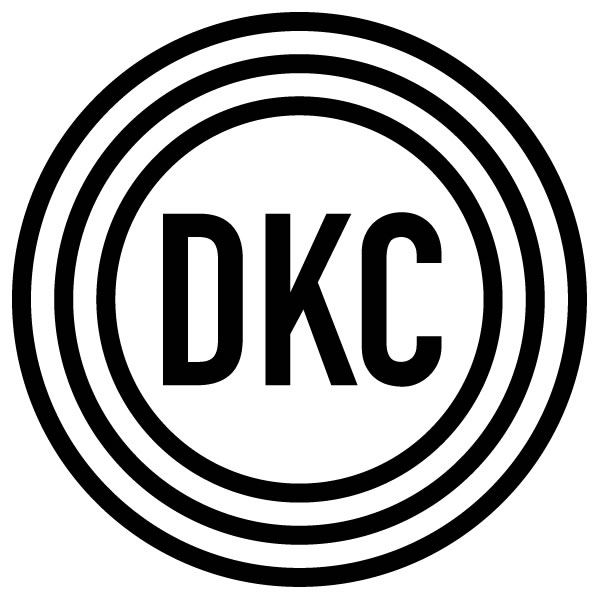Jan 12, 2016
Blog

Share this Blog Post

As those in the industry know, the efficacy of public relations strategies can vary from year to year. What worked last year may be have abruptly changed or is transitioning into a more efficient way. For that reason, it is imperative for PR professionals to constantly stay up-to-date on the latest practices, and even try to predict the future.
While we don’t have a crystal ball, there are certain trends we think will continue, emerge or abruptly end in 2016. These are trends we will continue to be leaders in, as well as be looking out for and adapting in order to ensure success continues for our clients in the new year.
How will PR change in 2016? DKC predicts:
“The best stories are those that not only capture the imagination but also inspire action. In the world of tech PR this is especially important and will only become more so in 2016. Paint the vision. Deliver on the promise. Engage customers. We help our clients do just this by focusing on how tech makes our daily lives better — whether that’s in how we learn, work, travel, eat, play, manage money or stay healthy.”
—Michelle Cox, Senior Vice President
“2015 saw the rise of influencer social media marketing and its acclimation to being an integral part of the overall marketing strategy for brands. In 2016, I expect this trend to continue as brands look to find new ways to utilize influencers to promote products, events and pieces of content. The challenge for brands will be to find the right mix between influencer marketing and their own original content marketing in order to remain relevant to their audiences. Authenticity still reigns supreme, and the brands that can converge both influencer and content marketing effectively will have the most success in 2016.”
—Matt McNichol, Vice President
“When securing talent, it’s not only about the PR impressions we can generate anymore – we have to take into effect their social channels/reach, their ability to crossover into different categories and be able to measure the true impact on the client’s brand.”
—Phillip Crimaldi, Executive Vice President
“Quality content will always be the most important ingredient to social marketing success. What we will see in 2016 is brands honing in on personalization and the right format for delivery. We’ll see better user-generated content, unique ways of using influencers, and changes in production and amplification of video. Am as optimistic as my contemporaries that this too is the year social gets the recognition and marketing dollars it deserves as we move closer to trackable ROI in the space.”
— Kristin Boehm, Director, DKC Connect
“In 2016, we’ll see continued downsizing of professional reporting and editing staffs at newspapers and print-based outlets. This will continue impacting all companies that are engaged in PR efforts, either through an agency or in-house, as ‘reliable’ contacts will depart from their established beats. While newspapers will be most affected, every professional news-gathering outlet will be impacted, including major online sites. Outlets that have traditionally engaged in independently reported news and feature coverage will rely more and more on material that is syndicated by online sites or news wires, and local reporting on all subjects will continue to decline. While this is the continuation of a difficult trend to watch, it leads to greater opportunities (though fewer) for high-impact stories that are seen by large numbers of people. In 2016, the opportunity to reach more people will be greater than ever, though it will be done through fewer outlets, reporters and articles.”
—John Singh, Senior Vice President
“Marketers will expand reliance on and trust of PR to drive messaging and campaigns knowing we can do it all.”
—Brian Reinert, Senior Vice President
“The one trend that grows significantly each year for brands is developing a strong online and social video presence. The intense popularity of YouTube, Instagram and Facebook video has forced the majority of major brands to adjust how marketing budgets are spent.
My favorite stats:
8 Billion videos viewed daily on Facebook.
64% of consumers are more likely to buy a product after watching a video about it.
In 2015 video viewing made up 57% of consumer internet traffic, it’s predicted by 2017 the number will reach 69%, by 2018 will reach 79%.”
—Sebastian Moreira, Director of Digital Content, DKC Productions
“In 2016, we’ll see the lines between earned and owned media continue to blur with companies creating high-level content that is on par with that which traditional media produces. It’s a trend we saw emerge several years ago, and many consumer companies have embraced with gusto — Red Bull is no longer a beverage company but a media conglomerate; Patagonia doesn’t just sell apparel, but also has a heavy hand in activism backed by documentary content “Dam Nation” and “Jumbo Wild”; Go Pro is hiring as many content strategists as it is hardware engineers. With platforms such as Medium (disclosure: they’re a client), Instagram and Snapchat, brands — whether B2C or B2B — have more of an opportunity to share their message and build their own audience. Content is as much king as ever, and really good storytelling — whether by words or by images (ideally, both) — continues to keep companies front and center in our collective minds’ eye.”
— Meredith Obendorfer, Vice President
“Expect the continued emergence of digital platforms like Medium, Periscope and Tumblr to drive evolution in public policy communications in 2016. Recognizing the value of direct and unfiltered, two-way engagement with the public, policy makers and influencers – in Washington and beyond – are embracing these tools and leveraging their substantial reach to amplify messaging across a vast and interconnected web of social media networks. While it’s premature to predict that these platforms will supplant their traditional media counterparts imminently, in the coming year, look for digital communication channels to significantly alter how news is broken, information is consumed and public opinion is shaped.”
— Chris Canning, Vice President